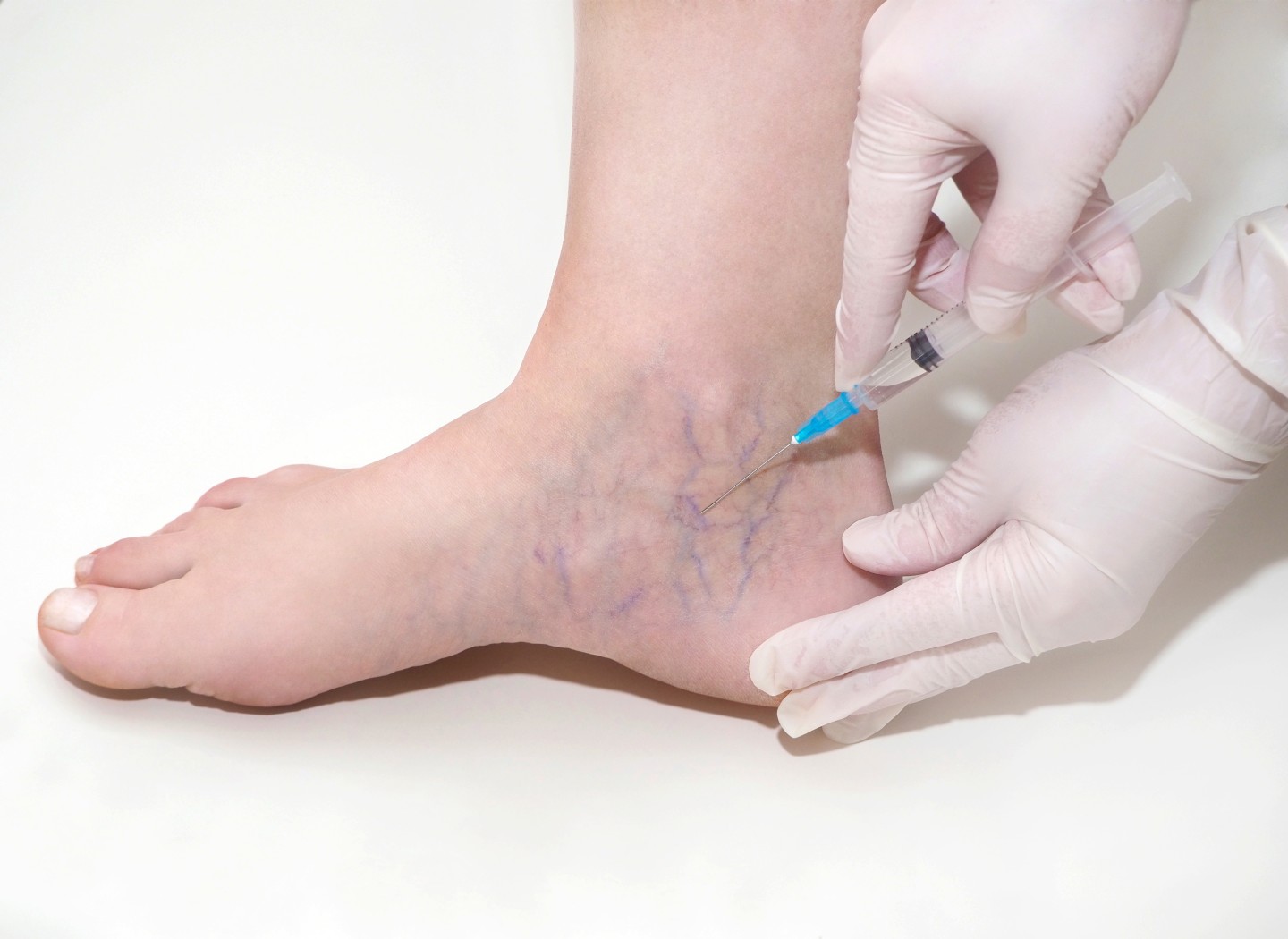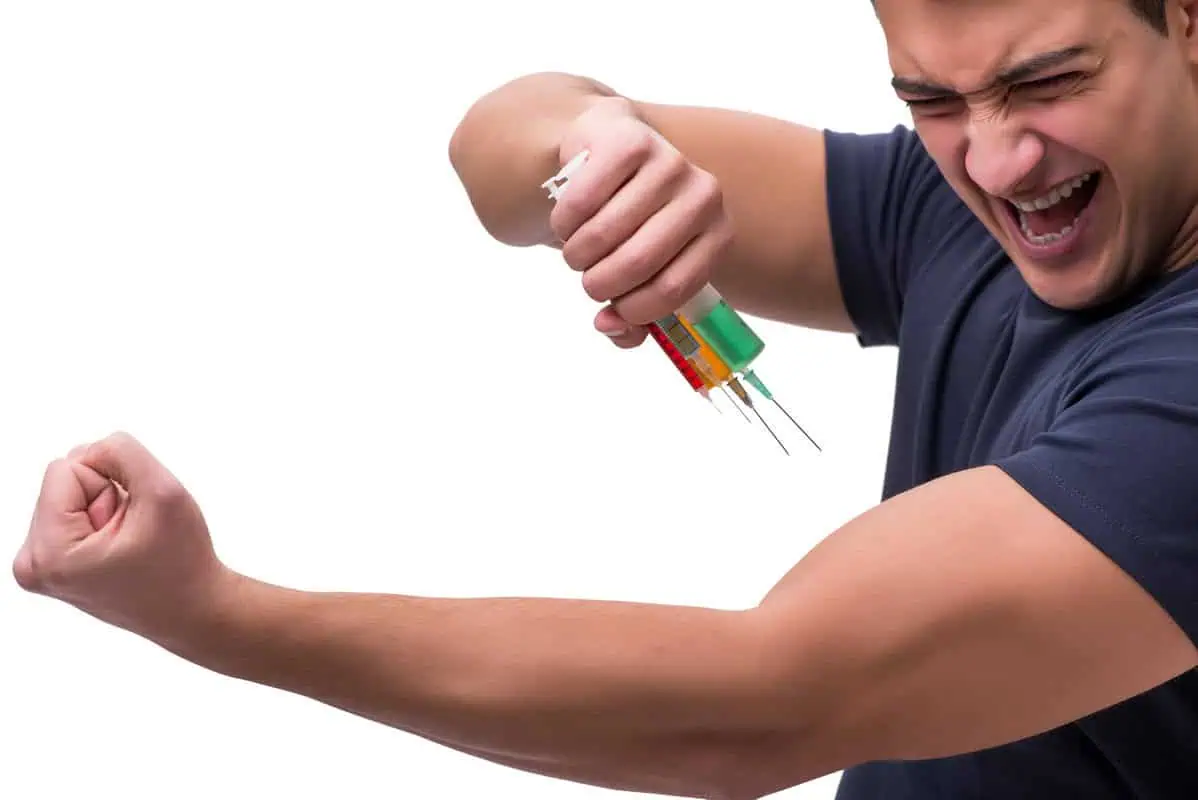Sclerotherapy, a medical procedure primarily known for treating leg veins, has garnered attention from medical professionals and those seeking relief from unsightly or painful veins. The procedure’s popularity stems from its potential to offer cosmetic and symptomatic relief. As with any medical treatment, it’s essential to understand its efficacy, especially when considering its long-term effects. Many wonder about the permanence of sclerotherapy results and whether it truly offers a lasting solution.
What is Sclerotherapy?
Sclerotherapy is a medical procedure used primarily to treat varicose and spider veins. A solution, often salt, is directly injected into the affected veins during the treatment. This solution irritates the lining of the blood vessel, causing it to collapse and stick together. Over time, the vessel turns into scar tissue and fades from view. The procedure has been practiced for several decades and is commonly performed in a doctor’s office without anesthesia.
While it’s most frequently used for cosmetic purposes to improve the appearance of leg veins, it’s also employed to alleviate symptoms associated with malfunctioning veins, such as aching or swelling. The simplicity and minimally invasive nature of sclerotherapy have made it a preferred choice for many seeking treatment for vein-related issues.
The Science Behind Sclerotherapy
When the sclerosing solution is injected into a vein, it irritates the blood vessel’s endothelial lining, the innermost layer. This irritation causes the walls of the vein to become inflamed and swell, leading to the immediate closure of the vein.
As the vein closes, blood flow is rerouted to healthier veins nearby. The treated vein, now devoid of blood flow, begins to scar and is gradually reabsorbed by the body over time. This reabsorption process causes the vein to fade and eventually disappear from view.
On a cellular level, the sclerosing agent triggers a series of reactions. The endothelial cells, which line the vein’s interior, become damaged and release substances that promote clotting. This clotting, combined with the inflammation, ensures the vein remains closed. Over time, as part of the body’s natural healing process, macrophages—specialized cells that remove waste and foreign materials—begin to break down the clotted blood and the damaged vein. This process further aids in the fading and eventual disappearance of the treated vein.
Benefits of Sclerotherapy
Sclerotherapy offers cosmetic and therapeutic benefits, making it a sought-after treatment for those with varicose and spider veins. Its minimally invasive nature, efficiency, and cost-effectiveness further enhance its appeal.
- Cosmetic Improvement: One of the primary reasons many individuals seek sclerotherapy is for its cosmetic benefits. The treatment effectively reduces the appearance of unsightly varicose and spider veins, leading to smoother and clearer skin.
- Symptomatic Relief: Beyond aesthetics, sclerotherapy relieves the physical discomforts associated with problematic veins. Symptoms such as pain, burning sensations, swelling, and night cramps are often alleviated post-treatment.
- Minimally Invasive: Unlike some surgical interventions for vein issues, sclerotherapy is minimally invasive. The procedure involves only small injections, eliminating the need for incisions or general anesthesia.
- Quick and Efficient: The procedure typically takes 15 to 45 minutes, depending on the number and size of the treated veins. This allows patients to resume their daily activities shortly after the session.
- Low Recovery Time: Post-procedure downtime is minimal. Most individuals can return to work and regular activities within a day, though avoiding strenuous activities for a short period is advised.
- Reduced Risk of Ulcers: By treating malfunctioning veins, sclerotherapy can reduce the risk of developing painful venous ulcers and open sores that can arise from untreated varicose veins.
- Cost-Effective: Compared to surgical alternatives, sclerotherapy is often more affordable, making it accessible to more patients.
Is the Removal Permanent?
The question of the permanence of vein removal through sclerotherapy is one that many patients and practitioners grapple with. In most cases, sclerotherapy effectively treats and eliminates the targeted veins, and these veins do not return. Once the body has treated and reabsorbed a vein, it is permanently gone.
While the treated veins are permanently removed, sclerotherapy does not prevent the future development of new varicose or spider veins. Factors such as genetics, age, lifestyle, and hormonal changes can contribute to the emergence of new problematic veins. Additionally, if the underlying causes of the vein issues, such as venous insufficiency, are not addressed, new veins may appear over time.
Post-Treatment Care
Post-treatment care for sclerotherapy is centered around ensuring the best possible results and minimizing potential complications. Adhering to the recommended care guidelines can enhance the treatment’s success and promote faster recovery.
- Compression Stockings: Patients are often advised to wear compression stockings for a specified period after the procedure. These stockings help reduce swelling, improve blood flow, and keep the treated veins closed.
- Avoid Prolonged Sitting: It’s recommended to avoid sitting for extended periods immediately after the procedure. Walking and light activities can promote blood circulation and aid healing.
- Limit Sun Exposure: Direct sun exposure on the treated areas should be minimized for a few weeks post-treatment. This precaution helps prevent skin discoloration and ensures optimal cosmetic results.
- Avoid Strenuous Activities: Patients should refrain from heavy lifting and high-impact exercises for a short period after the treatment. This allows the treated veins to heal without added pressure.
- Stay Hydrated: Drinking plenty of water aids in the recovery process and supports overall vein health.
- Follow-Up Appointments: Attending scheduled follow-up appointments with the healthcare provider is crucial. These check-ins allow the practitioner to assess the treatment’s success and address any concerns or complications.
- Monitor for Side Effects: While side effects are rare, patients should be vigilant for signs of complications, such as excessive swelling, warmth, or discoloration in the treated area. If any unusual symptoms arise, it’s essential to consult the healthcare provider promptly.
- Avoid Hot Baths and Saunas: For a few days post-procedure, patients should steer clear of hot baths, saunas, and hot tubs. These can dilate blood vessels and affect the treatment’s efficacy.
Takeaway
Are you ready to unveil the healthiest, most radiant version of your skin? At Honey Glow Health, we believe everyone deserves to feel confident and beautiful in their skin. Our expert team is dedicated to providing personalized treatments that cater to your unique needs, ensuring you achieve the best results. Don’t let another day go by without giving your skin the love and care it deserves. Take the first step towards a brighter, more youthful complexion. Book your consultation with Honey Glow Health today, and let us illuminate your path to glowing skin. Your journey to radiant beauty starts with our services!






